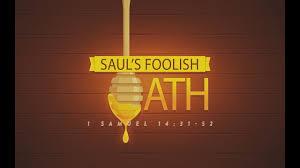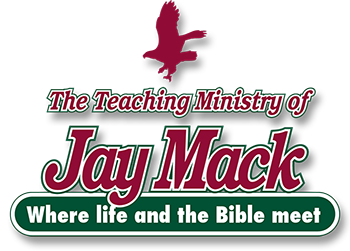Sha’ul’s Foolishness
First Samuel 14: 24-46

In the 1850’s, the name of John Banvard was one of the most famous in America. He was the world’s most renowned painter, and his innovative, moving panoramas of landscapes from the American West made him an exceptionally rich man. Returning home from his triumphant tour of Europe, Banvard celebrated his worldwide acclaim by building himself a replica of Windsor Castle on Long Island, New York. One biographer says of him, “Acclaimed by millions and by such contemporaries as Dickens, Longfellow, and Queen Victoria, his artistry, wealth, and stature all seemed undeniable.” Yet, within a short period of time, Banvard would be penniless and his reputation disgraced. What happened? As is outlined in the book Thirteen Tales of People Who Didn’t Change the World: Banvard’s Folly, Banvard committed the critical mistake of staking all his money and prestige in a venture that quickly got him in over his head. The locals called it “Banvard’s folly.” Then, building a vast museum in New York City, Banvard launched into a head-to-head battle with the great showman and promoter P. T. Barnum. In that duel, Banvard was continually outsmarted, until Banvard’s foolishness was fully exposed in the demise of his museum and collapse of his fortune. If Paul Collins, the biographer who wrote of Banvard’s and others’ sudden demise in his book Thirteen Tales of People Who Didn’t Change the World, had expanded his study to include the ancient world, he could hardly have found a better subject than Isra’el’s King Sha’ul. When it comes to gross and self-destructive behavior, few can surpass Sha’ul. His foolish actions and fall from national respect are recorded in 1 Samuel 14, a chapter that reminds us of our need to be guided by the teaching of God’s Word and humble prayer.305



Leave A Comment